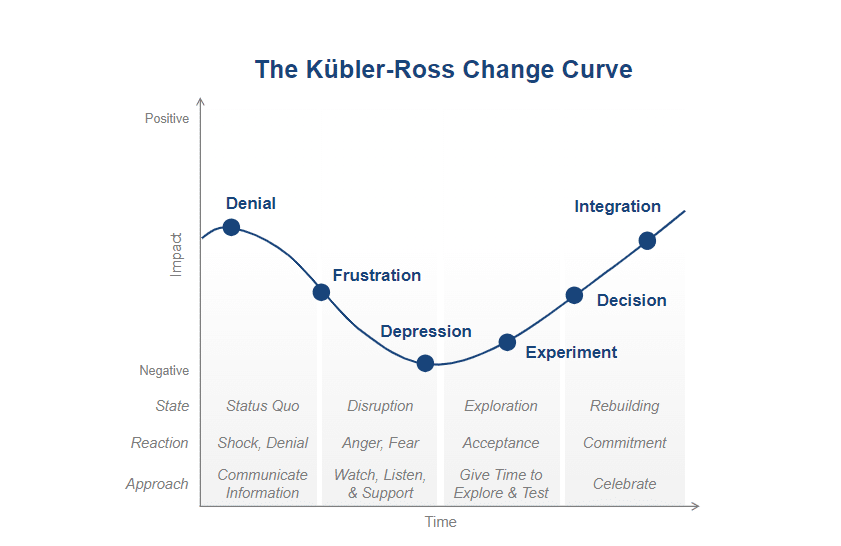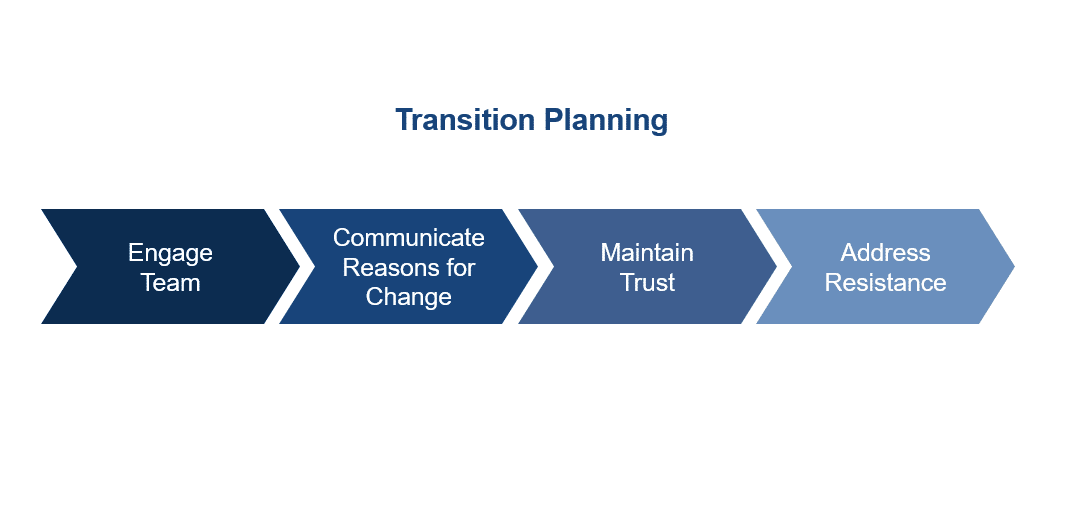In today’s dynamic business landscape, change is an inevitable constant. However, for healthcare organizations, this change presents an opportunity for growth and improvement. Market shifts such as an evolving healthcare landscape, labor fluctuations, narrowing margins for community hospitals, and increasing acquisitions underscore the urgent need for efficiency. Like a ship, large organizations often struggle to respond swiftly to change, making effective change management indispensable during enterprise reorganization. By embracing this change, healthcare organizations cannot only survive but thrive in the evolving landscape.
The evolving healthcare market continuously demands adaptation, and large organizations must become more agile to respond to market changes effectively. This necessitates the elimination of redundant services or positions, streamlining operations to enhance efficiency and reduce costs. It also involves realigning services, teams, and departments to align with strategic objectives. For instance, new responsibilities might include cross-functional collaboration, and new policies might focus on patient-centric care. Additionally, new procedures must be defined to ensure smooth transitions.
An example of an organizational impact may be a new reporting structure with a flattened leadership team. A flattened leadership team refers to a structure with fewer hierarchical levels, promoting direct communication and faster decision-making. In this example, a lean leadership team may increase productivity and innovation, enhance team collaboration or improve adaptability to change.
Leaders within an organization going through a restructuring are impacted in two primary ways and must be able to understand the changes impacting them personally and lead their teams through the changes.

First, those directly affected by the changes must understand the timeline and phases of change. It is crucial to identify when the organizational changes will be finalized and the appropriate time to
communicate with their teams and stakeholders. Understanding whether they are in the Awareness phase (where information sharing takes place), which provides more time to plan, or the Change Execution phase (where implementation of the change takes place), which requires immediate action, is essential.
Second, those leaders leading a team impacted by a change play a crucial role in the success of the reorganization. They are not just implementers of change, but enablers of it. Leaders must empower their team members through transparency and clear, honest, and direct communication. By equipping their teams with the tools to become change agents, encouraging acceptance and embrace of change, and maintaining consistent and open dialogue, leaders make their teams feel valued and integral to the change process. Acknowledging and supporting the human aspect of change, which can be particularly challenging, is also vital.
To effectively lead during organizational restructuring, leaders should document the current scope and changes, outline new responsibilities, and research opportunities to fill any gaps or apply for new positions. Utilizing Q&A sessions and open forums to enhance understanding of the reorganization is essential. Developing a transition plan that assesses risks, anticipates attrition, and documents stakeholders is crucial. Key steps include engaging with the team, communicating the reasons for change, maintaining trust, and addressing resistance.

Post-reorganization, it is important to maintain consistent communication, provide ongoing coaching for change, and reinforce the new processes and structures. This ongoing support is not just a formality, but a reassurance to healthcare leaders that the recent changes are firmly established and that they are not alone in this journey. It provides a sense of security and stability during change.
Contact Impact Advisors for expert guidance in preparing your business for organizational change.


